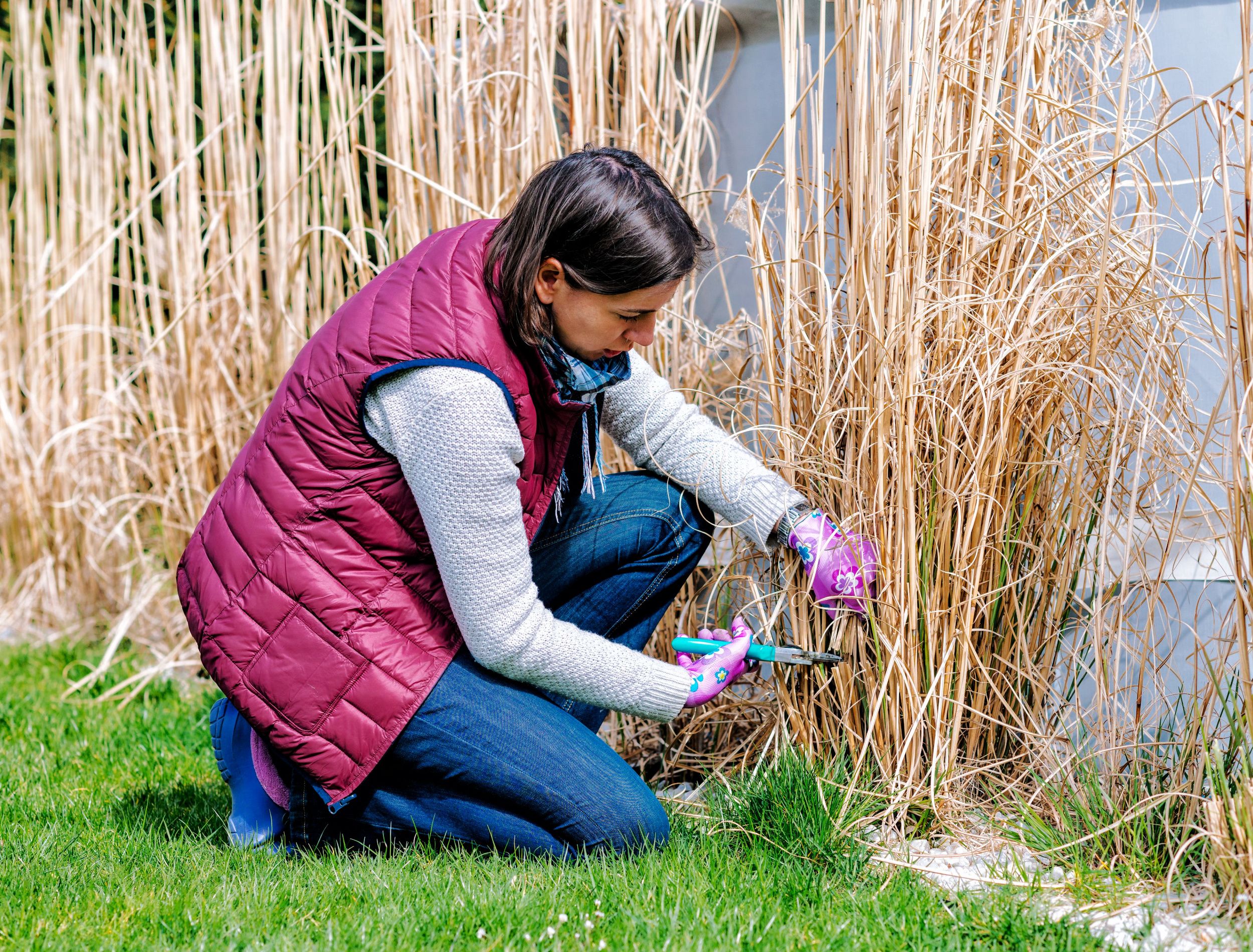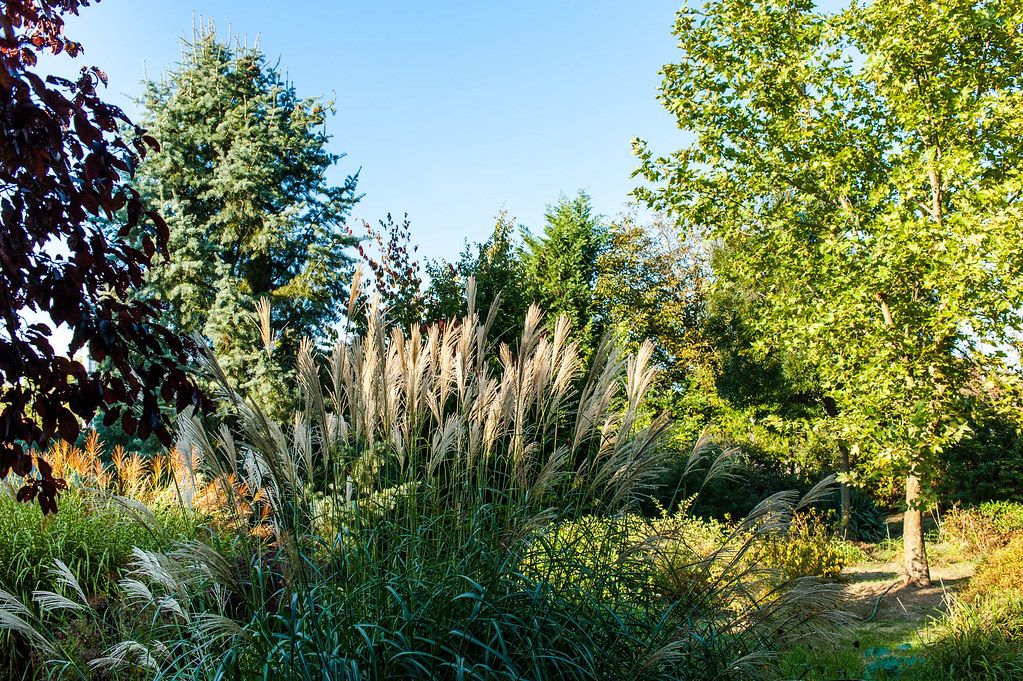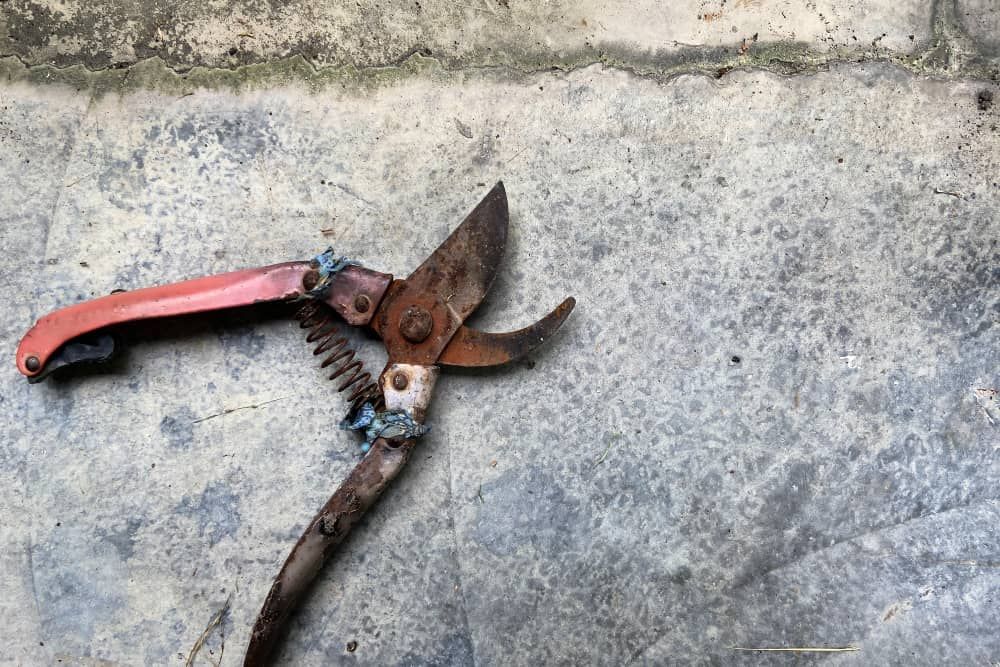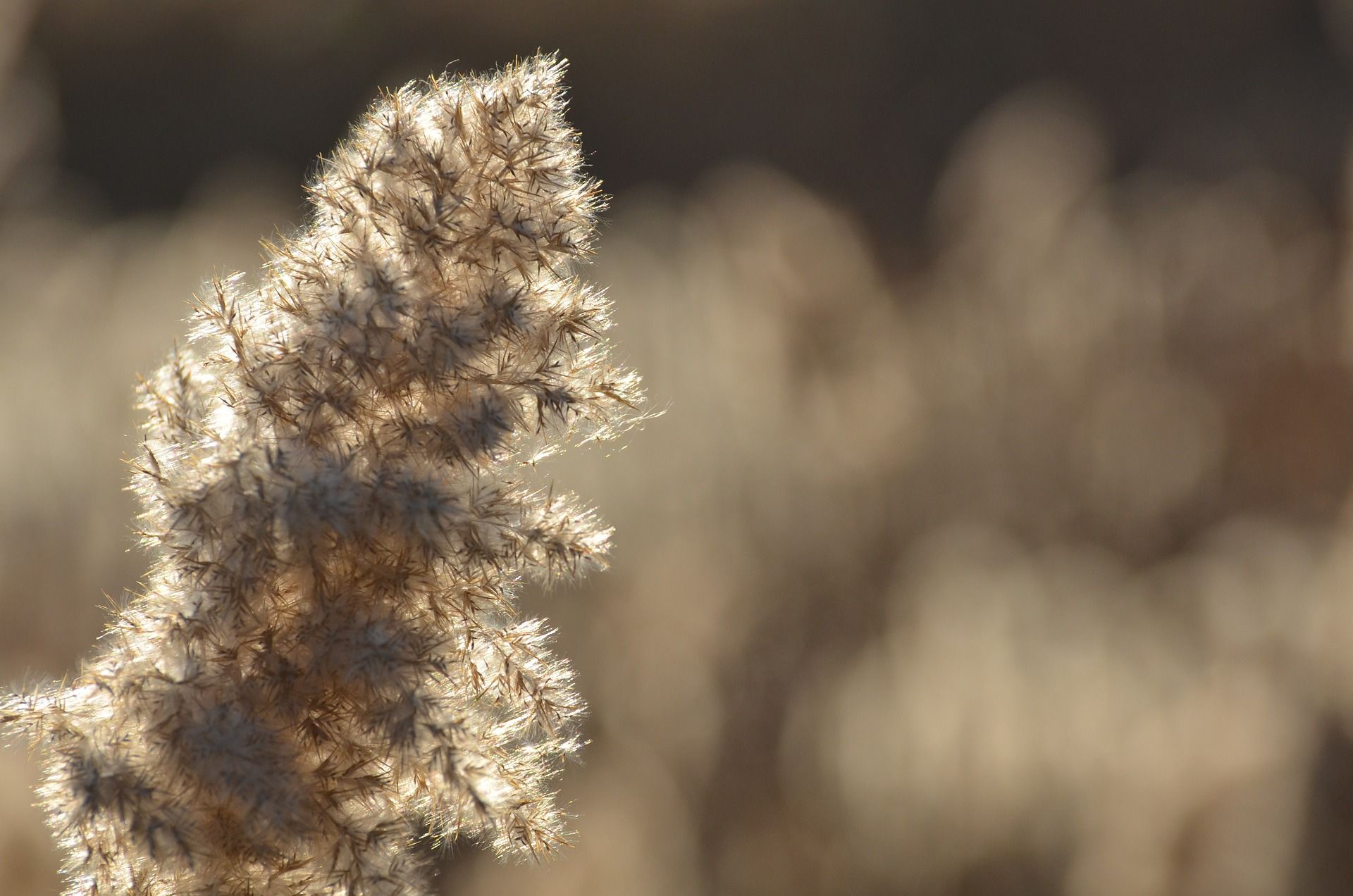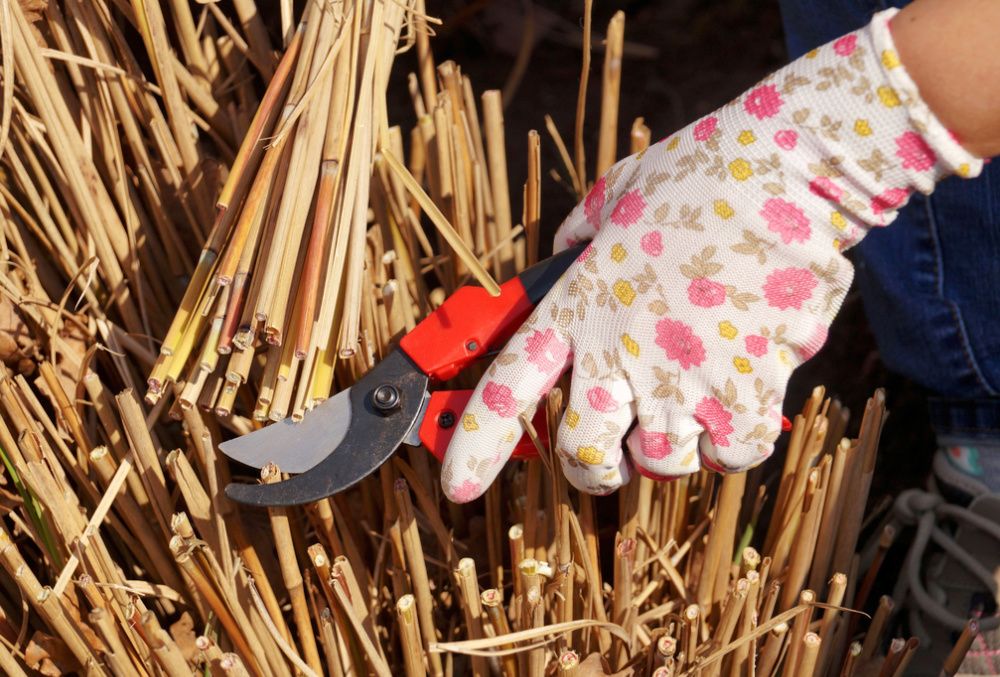Ornamental grasses add unique texture and shape to your garden, whether you place them carefully around an entryway or use them to fill in empty space in your garden beds. These grasses are also perfect for providing shade and privacy, especially when planted around wide open spaces or near windows and doors. Plus, perennial grasses come back each year!
In general, ornamental grasses are drought and heat tolerant, meaning they continue to look good throughout many weather changes. Still, it is important to cut the plants back, just as you would many other perennials. Below, you'll find everything there is to know about why, how, and when to cut back ornamental grass to ensure it continues to thrive.
Why Cut Back Ornamental Grass?
Image credits: Wiandt Kertészet via Wordpress
Cutting back ornamental grass is essential to the health of the plant. The task initiates new growth and removes dead foliage, ensuring the plants grow thick and lush with the new season.
Many gardeners also choose to divide perennial grasses at the same time they cut them back. Doing so makes the process easier, and dividing the grasses will save money and add visual interest to the garden by creating two (or more) plants from one!
Tools You'll Need
Image credits: SR Pixel via Shutterstock
While cutting back ornamental grass is generally a simple process, there are a few tools you'll need. Find the essentials listed below.
- Gardening gloves
- Protective eyewear
- Bungee cord
- Rake
- Tarp
- Pruning shears
- Electric saw or hedge shears (optional)
When to Cut Back Ornamental Grass
Image credits: BumbleStock via Pixabay
Ornamental grasses come in three categories: cool season, warm season, and evergreen. Cool-season grasses mature quickly and flower (producing seed heads) in June, while warm-season grasses are dormant until spring and flower in mid to late summer. While they are evergreen, some grasses in the third category do die back a bit come winter.
Cut cool-season grasses (such as blue fescue) back in early spring before new growth begins to sprout. Complete this task by February at the latest, ensuring the job is done before any new growth. Similarly, cut warm-season grasses (switchgrass, for example) back in the spring, though you can wait until late spring if you want.
While you can cut back cool and warm season grasses as a fall or early winter task, the foliage and stems will continue to look beautiful through the winter. Frost and snow will fall on the plants, creating a whimsical and inviting natural decoration in your yard. Plus, wildlife such as birds will appreciate the remaining seeds and shelter the plants offer.
Some varieties of evergreen ornamental grasses (for instance, blue oat) don't like when you cut them back. Instead, in the fall and spring, comb through them with a gloved hand to free them of debris.
Pro Tip: When you cut back ornamental grass is also the perfect time to divide the clump. This isn't necessary every year, but it is beneficial if the center of the grass clump has dried out from the previous year. Choose a warm, sunny day to ensure the plants aren't shocked by cool weather.
How To Cut Back Ornamental Grass
Image credits: vladdon via Shutterstock]
With the proper tools and time of year in mind, it's time to cut back your ornamental grass. Remember to apply protective eyewear and gardening gloves before you get to work!
Depending on your type of grass, you may want to gather different tools and use other techniques. Shorter, thinner grasses such as blue fescue are easy to cut with a pair of clean and sharpened pruning shears. Simply bundle a section in your hand and trim the foliage back to about 4 to 6 inches from the ground.
When it comes to thicker, larger grasses, use a bungee cord to gather the foliage together. Then, use electric shears to remove the stems, or take your time with a pair of pruning shears. Again, cut back about 4 to 6 inches from the ground.
If you are late cutting back your ornamental grass and there is significant new growth, cut down only two-thirds of the foliage. You may also be able to remove spent growth by gently pulling it off with your hands. Avoid cutting evergreen grasses back to the crown and instead cut back by two-thirds.
Pro Tip: If you cut carefully and neatly, harvested ornamental grasses also make the perfect addition to dried bouquets!
Cut It Out!
The beauty of ornamental grasses makes them a perfect addition to the landscape, swaying in the warm winds of summer and sparkling with a light dusting of snow through winter. Of course, the low-maintenance factor makes these plants even more appealing.
Simply cutting back the foliage in the spring, using a pair of sharp shears, and tying the stems back with bungee cords encourages new growth and keeps things clean and tidy.
Do you have any tips for cutting back ornamental grass? Share in the comments below!

